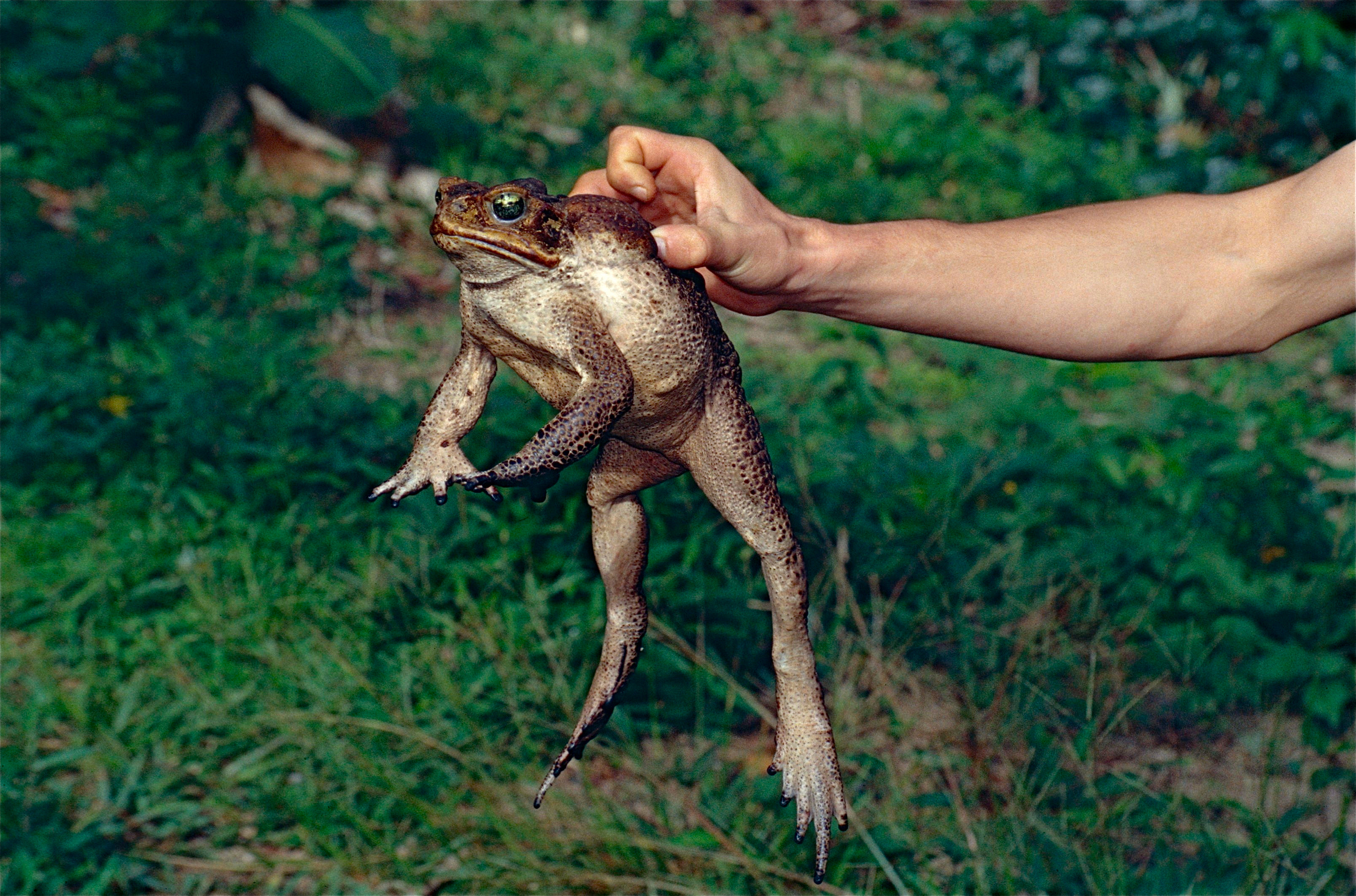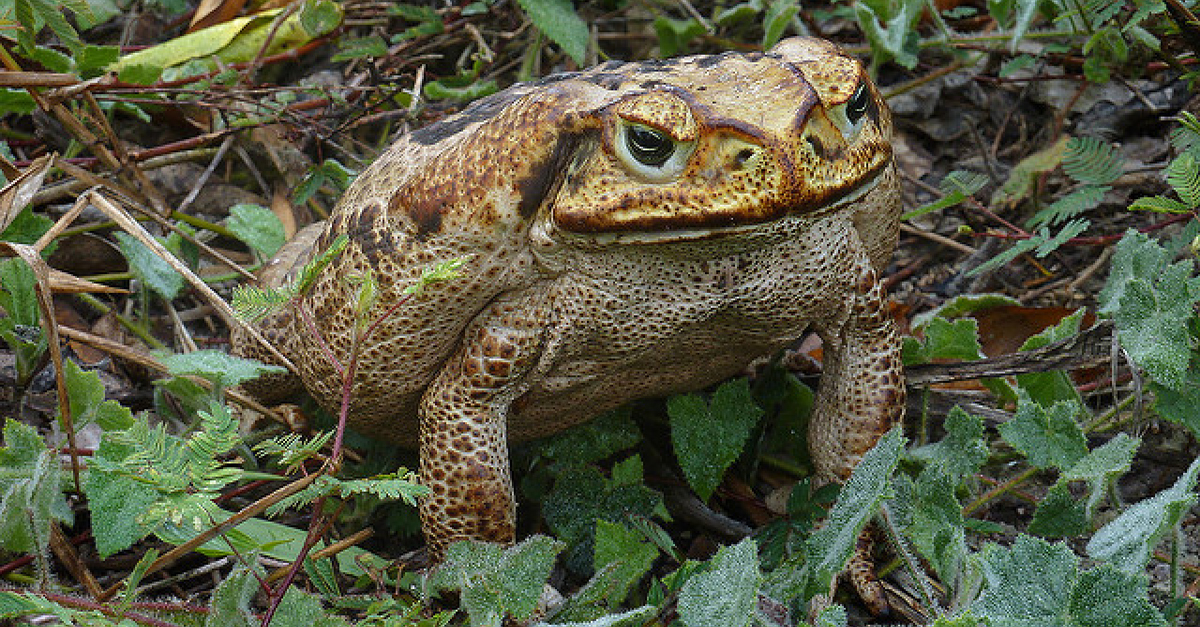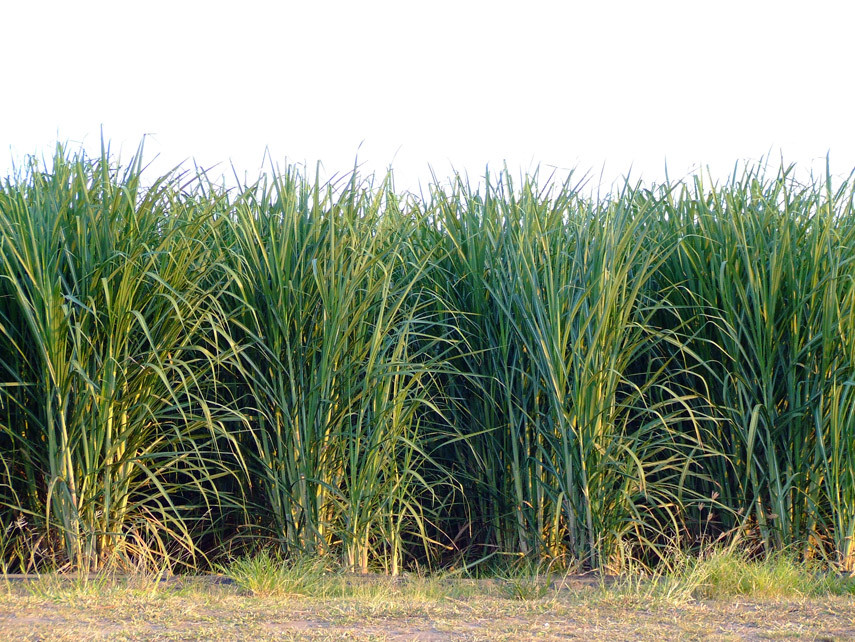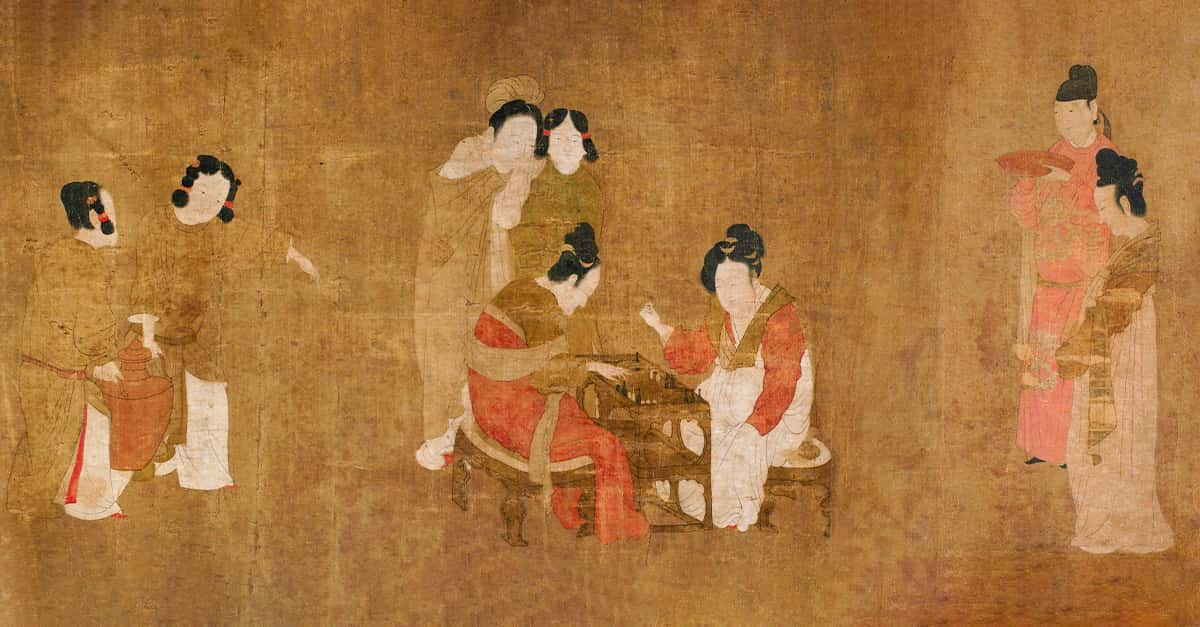Cane toads were introduced into Australia in 1935 to control the pest problem that was threatening the country’s sugar cane crop. It seemed like a practical innovative solution at the time, but it quickly spiraled into disaster. The destructive amphibians spread far beyond their intended range, disrupting local ecosystems and poisoning countless native species.
Why Cane Toads Were Introduced
Cane toads were introduced to prey on the grey-backed cane beetle and Frenchi beetle. Both these beetles were devastating sugar cane crops in northern Queensland. The beetles chew through the roots of the cane plants, ruining crop yields. To control the beetle population, 102 cane toads were imported from Hawaii and released into Australian sugar cane fields.
 Bernard DUPONT from FRANCE, Wikimedia Commons
Bernard DUPONT from FRANCE, Wikimedia Commons
Why The Plan Backfired
The cane toad experiment was poorly researched and deeply flawed from the get-go. It turned out that the targeted beetle species lived high up on the stalks of sugar cane plants, out of reach of the ground-dwelling toads. Instead of controlling the beetles, the toads found other prey and began to multiply rapidly, taking advantage of the abundant food sources and warm, humid climate.
The Spread Of Cane Toads Across Australia
Free from natural predators and diseases that kept their populations in check in their native Central and South America, cane toads quickly spread across northern Australia. Today their range extends across Queensland, parts of the Northern Territory, Western Australia, and New South Wales. Their population is estimated to be in the hundreds of millions, and they continue to expand at a rate of 30 to 60 kilometers per year.
The Ecological Impact Of Cane Toads
Cane toads are highly toxic at all stages of their life cycle, from eggs to adults. Their skin glands produce bufotoxin, a potent venom that kills most animals that try to eat them. This has had a devastating effect on native predators like quolls, goannas, snakes, and freshwater crocodiles, many of which have seen their populations collapse as a result.
Indirect Effects On Native Ecosystems
The impact of cane toads extends beyond predator deaths. By outcompeting native amphibians for food and breeding sites, cane toads disrupt entire ecosystems. They’ve also been known to poison water sources and consume massive quantities of insects, reducing the prey available for other species.
Efforts To Control The Cane Toad Invasion
Scientists and conservationists have tried a variety of methods to control the spread of cane toads, including trapping, fencing, and genetic modification. One promising approach involves training native predators to avoid the toads by exposing them to small, non-lethal doses of toad toxin. But these methods have only had limited success so far.
Lessons Learned From The Cane Toad Disaster
The cane toad fiasco is a classic cautionary tale in invasive species management. It underscores the dangers of introducing non-native species without proper research and risk assessment. It has also shaped modern environmental policies in Australia and around the world, leading to stricter controls on species introduction and a greater focus on ecosystem preservation.
 Bernard DUPONT from FRANCE, Wikimedia Commons
Bernard DUPONT from FRANCE, Wikimedia Commons
The Future Of Cane Toads In Australia
Despite decades of efforts, completely eradicating cane toads from Australia seems unlikely. Instead, conservationists are focusing on limiting their impact and preventing further spread. This includes protecting vulnerable species, restoring damaged habitats, and educating the public about the dangers of invasive species.
Good Intentions, Disastrous Results
Cane toads are one of the most infamous examples of a well-intentioned plan gone horribly wrong. It demonstrates the unintended consequences that can arise when humans interfere with natural ecosystems. As Australia continues to battle this persistent pest, the story of the cane toad stands as a sobering lesson for future conservation efforts.
You May Also Like:
Wild Facts About Steve Irwin, The Crocodile Hunter











